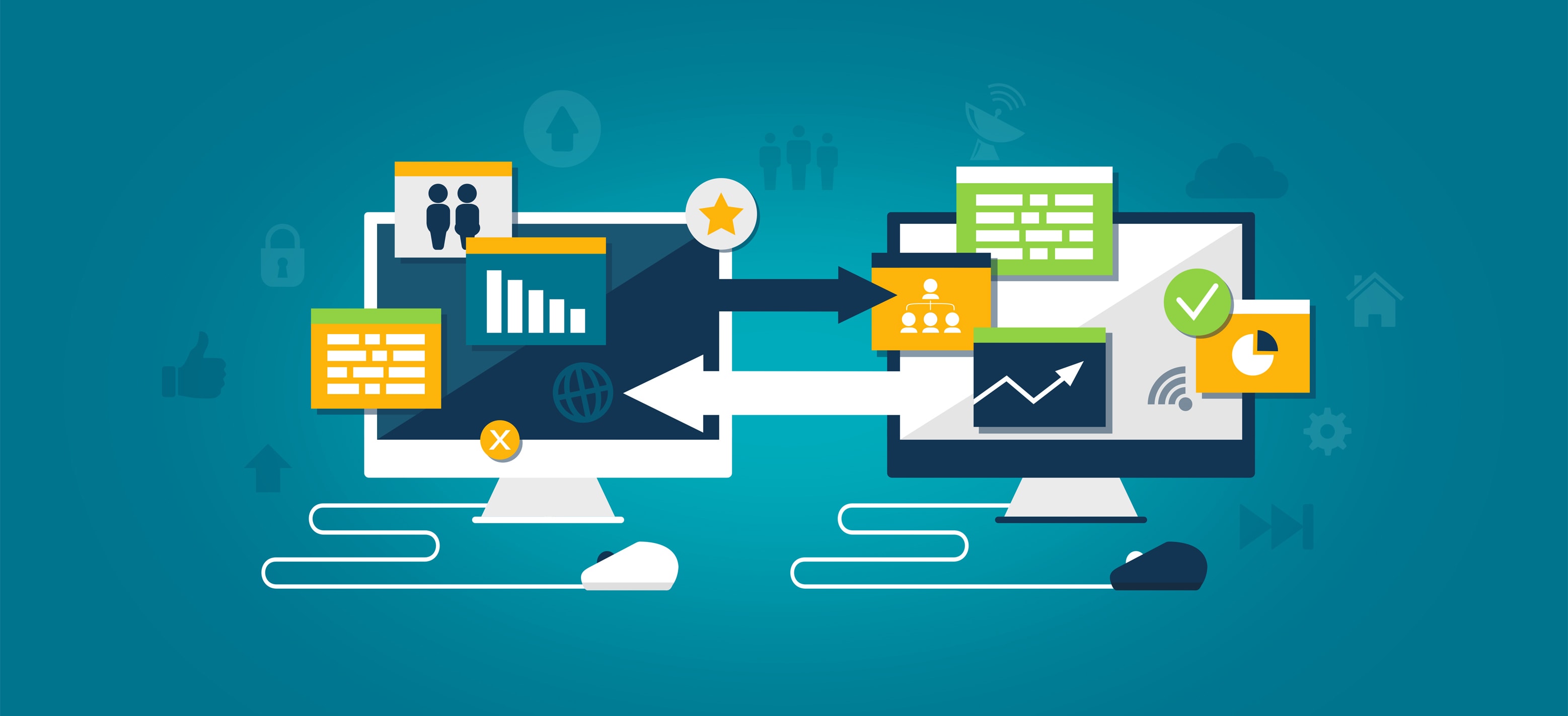Recipe for success
It is a bit of a waste to wait for a mishap to occur and then grill your mind and that of your personnel to develop risk tools to make sure the unfortunate event does not repeat itself. You need to be flexible and constantly modify your course of action to include risk tools at all stages.
This helps you minimize the probability of failure while at the same time ensuring you reap success beyond your initial expectation. That is perhaps the recipe for success that the highest achievers in life utilize.
You need to anticipate potential hazards and weak areas in your operation together with the behaviour of the control variables in order to adopt the best risk tools.
Minimizing cost; maximizing return
The risk tools should focus on the conservation of your resources to maximize their use. This, in turn, decreases the cost of production and optimizes the gain.
These risk tools should also take your employees into consideration to minimize accidents and to ensure maximum productivity. It is important that any operation follows a particular schedule, and an injury at work interferes with that.
Your risk tools should enable you to be uncompromising with unnecessary risks and make control decisions at all levels of the process. Good risk tools measure the risks against the benefits of an operation to maximize gains.
Risk tool training is important
So what are the successful risk tools available? Employees should be psychologically trained to handle operational risk management and risk tools.
The conditions at work should be optimized to enhance production, and that would include proper ventilation, hygiene and good infrastructure. The resources should be catered for with machines repaired and reviewed regularly to enhance reliability.
The management team, on the other hand, should be efficient when dealing with the implementation of risk tools through particular policies, risk parameters and control of variables within a process.
Another one of your important risk tools is the clear definition of your objectives. You need to know what you want before opting for the most appropriate risk tools.
Where do I start?
A little advice: get your operational risk management strategy at once!
Of course, you can get your managers to draw up a list of adequate risk tools for you. But if you want a carefully designed set of actions with precise hazard identification and in-depth risk tools assessment, then you want to hire an expert in the field.
Don't be penny wise and pound foolish. Play wise.
ClearRisk's risk experts are at your service! For more information on risk tools, including our cloud-based Claims, Incident, and Risk management system, please reach out. We allow organizations to better control their risk management activities and are proud to help our customers introduce new risk management initiatives and lower the cost of risk. Want more information? Learn more below.
If you found this article helpful, you may be interested in:
.png?width=1050&height=450&name=email%20signature%20(4).png)






Your comments are welcome.